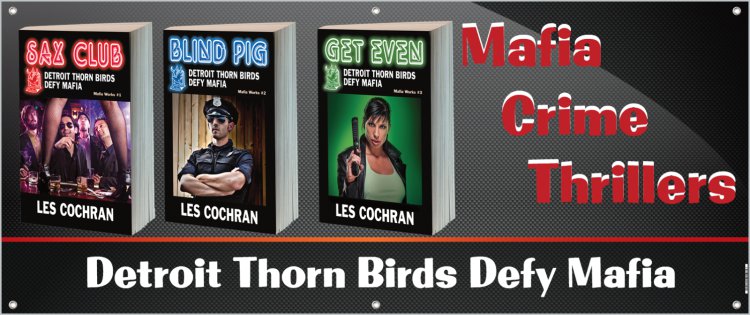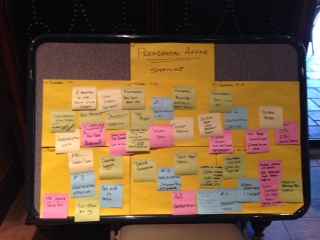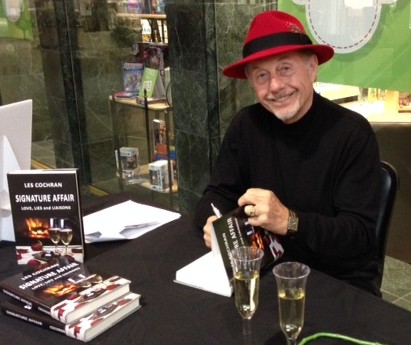The first challenge in writing a novel is to start with an exciting scene—as the experts say “a grabber”—something that draws the reader in. My editor clearly stated, “I want to see drama, intrigue. Give me something exciting! Start in the middle and work your way back.”
For a mystery story it may be a murder, robbery or something suspenseful. Romances often focus on a love letter, a bedroom scene or two lovers doing something. In Signature Affair, I found “the grabber” in the original chapter four —“Drum rolls reverberated through the stadium”—some of you may recall. Moving chapter four to chapter one resulted in the elimination of ten pages that never made the final copy. “No loss,” my editor said.
By the time Signature Affair was published, I’d drafted the first half of Costly Affair that will be released next month. Finding “a grabber” to start the story was no challenge. I had a real life experience and wanted to tell it. Two and a half years ago my wife, Lin, had a brain tumor the size of a tennis ball. Would that be a “grabber” for the start of a novel?
Needless to say my real life drama gave me plenty of incentive to write about it in the first chapter of Costly Affair. The image of a person lying in bed surrounded by monitors and beeping sounds was more than a scene; it was a real-life situation I had experienced. While at the Johns Hopkins Medical Center with my wife, I learned a lot about brain tumors, particularly the meningioma tumor that attaches to the meninges membrane surrounding the brain.
Using this real life experience to start the book, the lead character, Steve, rushes to the side of his fiancée lying in a hospital bed, waiting for the results of an MRI of her brain. The image of her lying in a cocoon of tubes and wires was, as they say, “a no brainer.” (Sorry, it’s the best I could come up with!)
It’s no surprise that Steve has the same feelings I had in the waiting room during surgery, seeing her first smile and watching her recover. The memories of that experience still gives me shivers. I hope you’ll have a sense of what I was going through when you read about Steve in Costly Affair.


